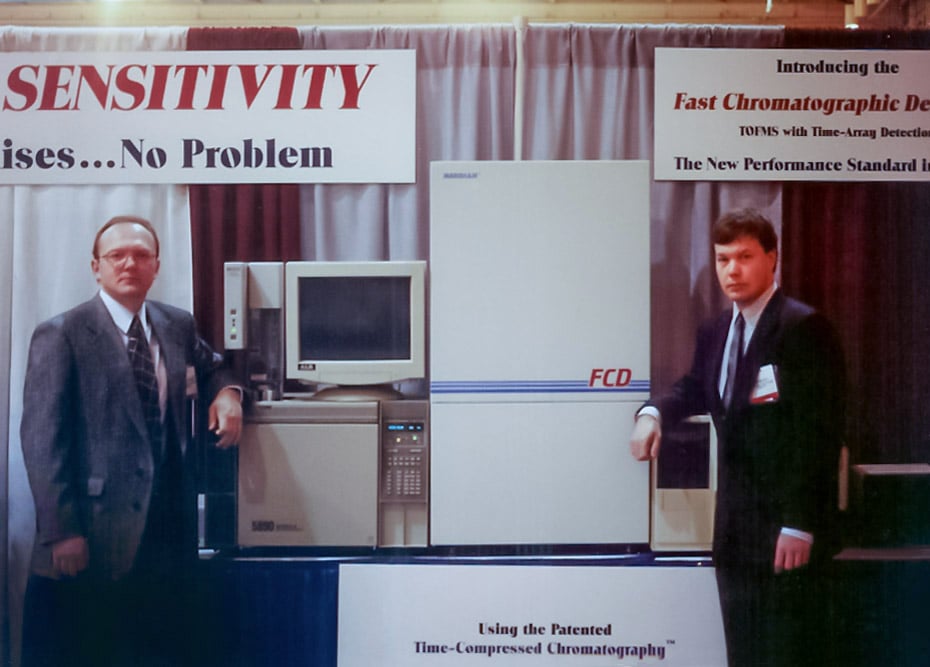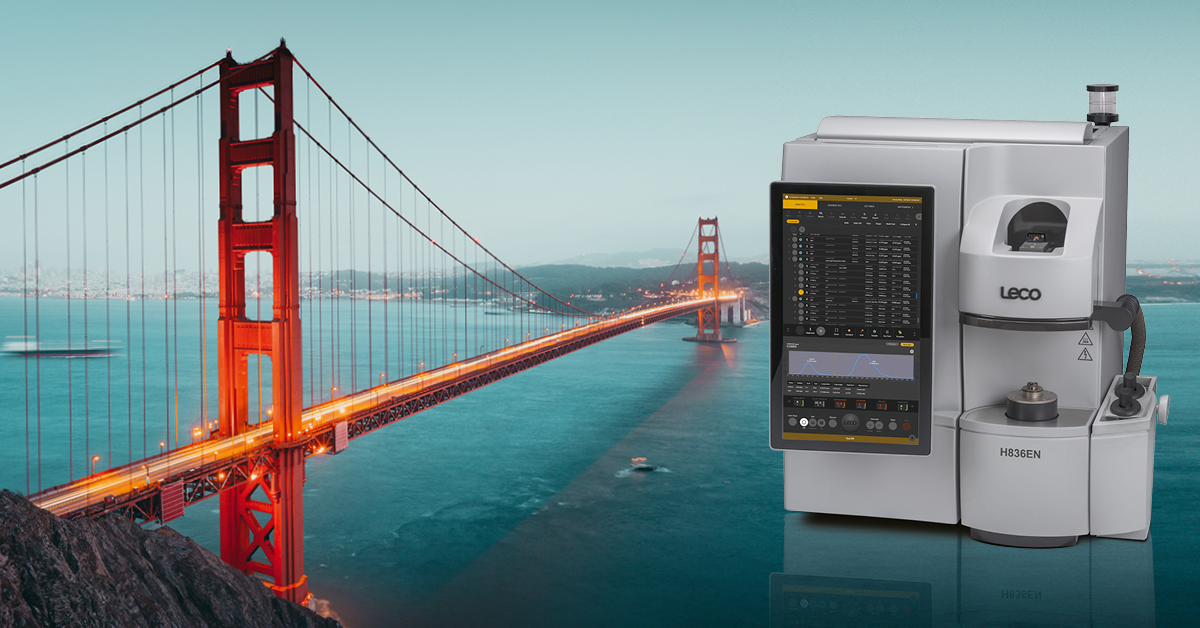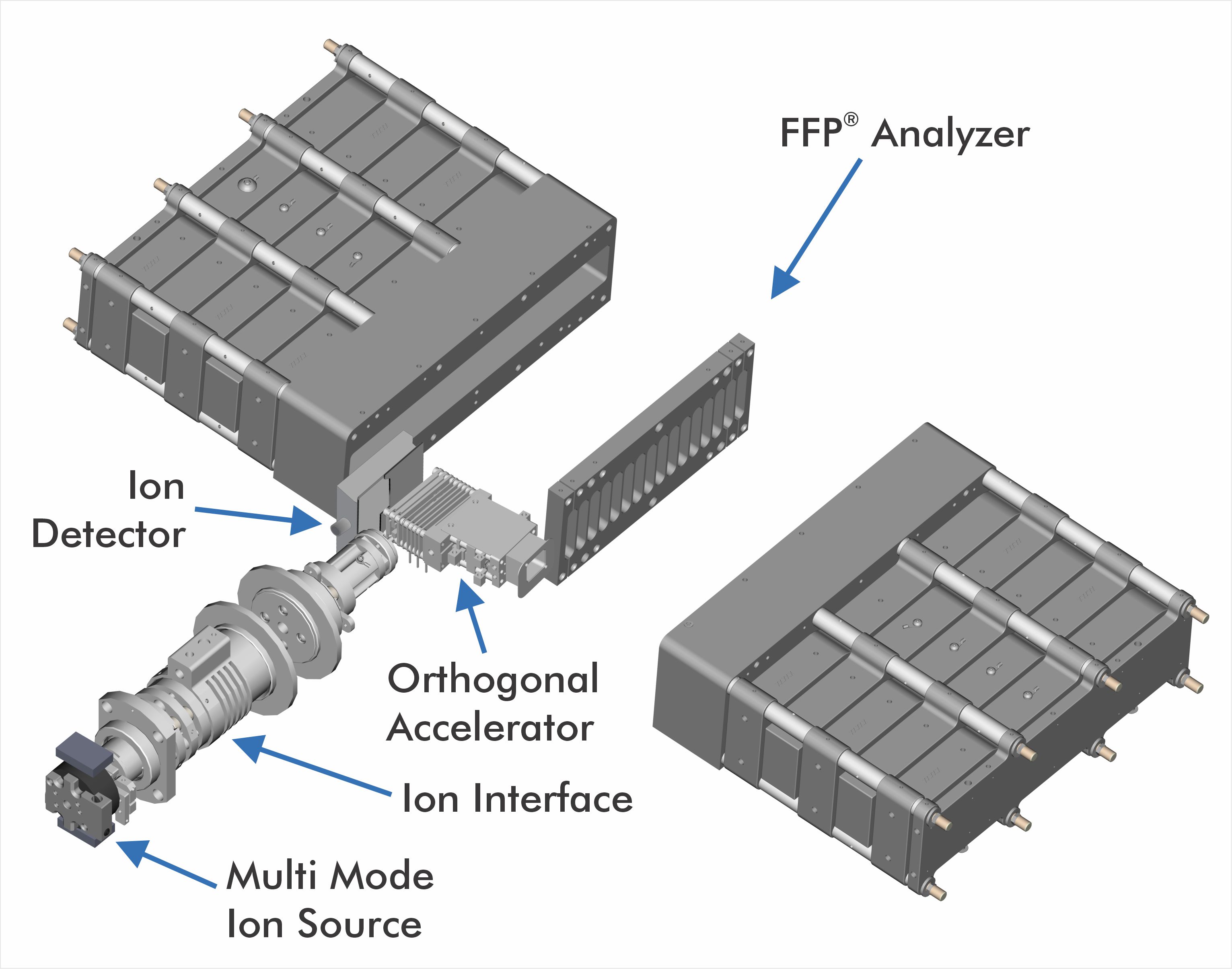While time-of-flight mass spectrometry (TOFMS) was first proposed in 1946, the technology simply didn't exist to allow for fast enough processing speeds to make it widely viable until 1995, when the Fast Chromatographic Detector was debuted at Pittcon. This group went on to join LECO and create the world's first commercial GC-TOFMS, the PEGASUS®, in 1997. Ever since then, technological capabilities have exploded. One-dimensional GC-TOFMS and multi-dimensional GCxGC-TOFMS are powerful and provide rich and highly informative data. If you have a number of samples to study, the volume of data produced might seem overwhelming. However, LECO's data analysis add-ons for ChromaTOF brand software, ChromaTOF Tile and ChromaTOF Sync, have once again pushed GC-TOFMS capabilities beyond what was previously feasible.
Read More…
Elemental Analysis, Separation Science, And Metallography News By LECO
Recent Posts
Unlike the detailed list of nutritional requirements for human food, pet food in North America must only report on four main values in their Guaranteed Analysis on the label: protein, fat, fiber, and moisture. Additional nutrients must be included if they are called out specifically on the label, but manufacturers can also voluntarily add more nutrients to provide consumers with more information or further demonstrate the nutritional value of their products. One voluntary "nutrient" that shows up with surprising frequency in these lists is actually "Ash". But ash in the analysis doesn't actually mean ash is in the food. Rather, it explains the process by which mineral content is determined.
Read More…While plant-based proteins have been part of humanity's diet for centuries, it wasn't until the advent of the original textured vegetable protein (TVP) in the 1960s that it started becoming a viable replacement for animal-based protein sources in more mainstream diets. The first commercially available plant-based proteins would not be mistaken for animal-based protein sources and were largely of interest only to vegans, vegetarians, and pescatarians.
Read More…Topics: Organic, 828 Series, Protein Determination, Analytical, FP828, App Note, Agriculture
The world of GC-MS applications is constantly expanding, growing into novel applications and improving classical uses. To celebrate the advancements of this powerful technology, LECO and The Analytical Scientist created an eBook that takes a look at some of the emerging uses of GC-MS. From measuring volcanic emissions to predict eruptions to developing the ultimate untargeted technique with GCxGC-MS, these articles explore a variety of topics.
Read More…Pet ownership has increased over the last few years, when an explosive boom during the COVID-19 lockdowns showing no signs of stopping. Over 70% of American households have at least one pet, with most of those homes having at least one cat or dog. As pet ownership continues to rise, so too does the demand for pet food.
Read More…In 2013, as the eastern span replacement of the San Francisco-Oakland Bay Bridge was drawing to a close, 277 vertical steel rods to improve the seismic stability of the replacement were tested under tension using three-inch-diameter bolts. Within two weeks, 32 of the steel rods had snapped. 277 of these rods were used in the $6.5 billion construction project, but only 96 were accessible. Metal testing suggested hydrogen embrittlement during the manufacturing of the rods may have caused the failures. Thankfully, this was able to be corrected before the bridge opened, but it was a major setback in the construction.
Read More…When the Kaunis Iron Mine opened in Sweden, it was the newest in one of Sweden's biggest industries. The mine contracted with Degerfors Laboratory (D-LAB) for their iron analysis. Before analysis could be run on the samples, however, the ore had to be dried and moisture levels measured.
D-LAB had a problem: their current moisture determination methods use d a manual balance that could only handle one sample at a time, requiring a technician's attention every five minutes. The ISO 3087:2020 method used was also a problem, as a single run could take more than 5 hours to complete. The lab turned to LECO for a solution.
Topics: Thermogravimetric Analysis, Organic, TGM800
Microplastics are a ubiquitous presence in the world, found from Arctic snow to Antarctic ice and everywhere in between. There are trillions of microplastic particles floating on surface water, and everyone from infants to adults are presumed to be ingesting anywhere from dozens to tens of thousands of these particles every day. But the science of microplastics, especially the incredibly tiny, potentially-cell-disrupting nanoplastics, is only just beginning. The effects of these microplastics isn't well known, largely because the scale of microplastics isn't well known. They are, by definition, difficult to see.
Unless you're looking in a second dimension.
Read More…Thermogravimetric analysis (TGA) first started in the early 20th century, and while the technology has advanced, the basic principles remain the same. With TGA, the rate of change of reactions in the chemical and physical properties of materials as functions of temperature or time is what is used to assess the properties of the sample materials. Most TGA these days is done with either micro TGAs (using milligram-size samples) or macro TGAs (using gram-size samples).
Read More…Topics: Thermogravimetric Analysis, TGA801
The first Time-of-Flight (TOF) mass spectrometer was proposed in 1946, and the design has been refined and iterated upon ever since. With an unlimited mass range visible in each spectrum and a high spectral generation speed, the advantages of TOF mass spectrometry were immediately clear. Though the instruments improved, they did eventually hit physical limitations that restricted the resolving power. More work had to be done.
Read More…










